5 things to do with hydrangeas in the fall – and the 2 things you must absolutely never do
Hydrangea experts reveal the dos and don’ts for these backyard favorites in fall
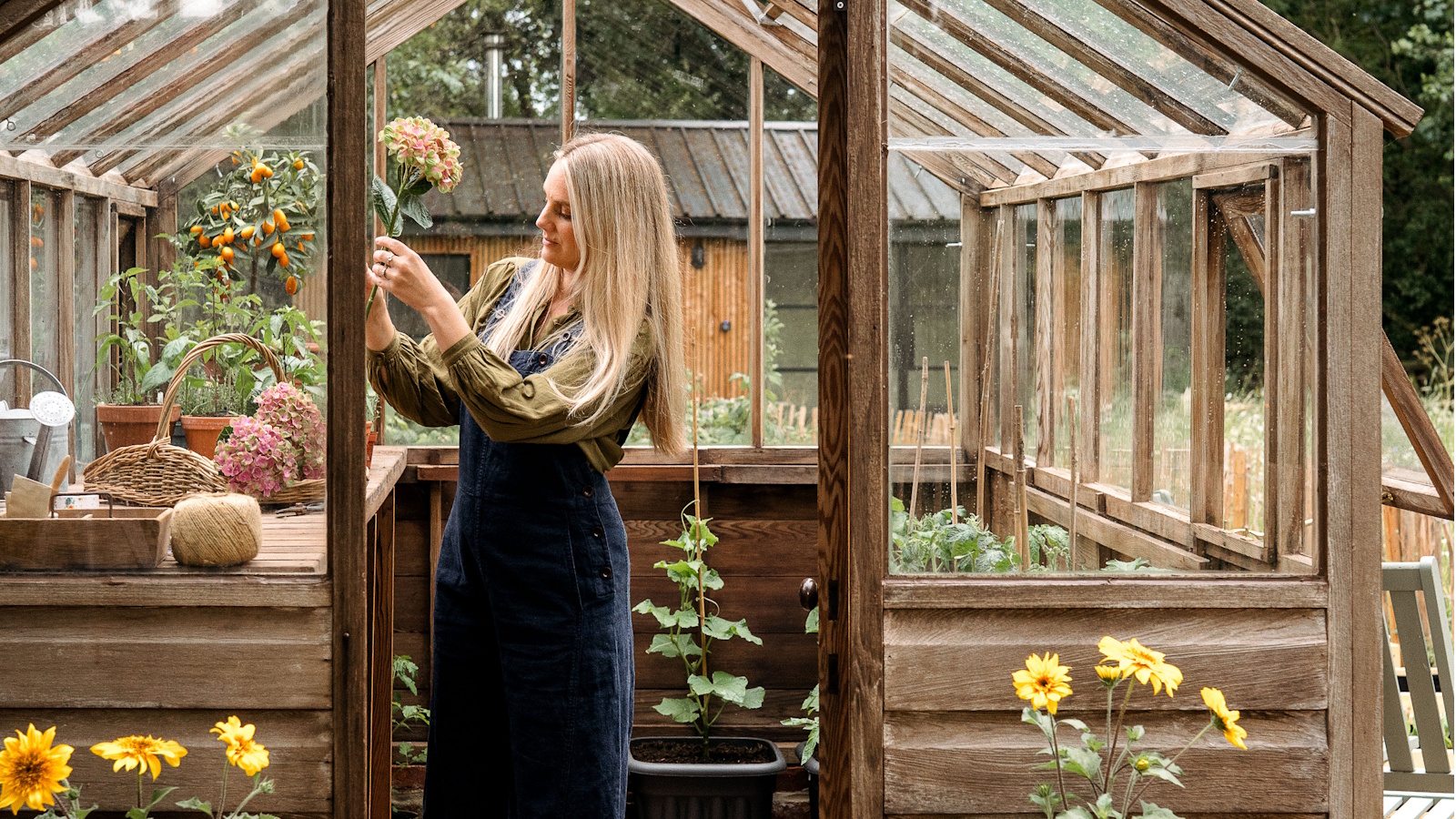
- How to care for hydrangeas in the fall
- 1. Mulch for winter protection
- 2. Prune selectively
- 3. Prepare for winter conditions
- 4. Sanitize to prevent disease
- 5. Cut stems for a dried display
- What never to do with hydrangeas in the fall
- 1. Never prune old wood
- 2. Never fertilize
- Shop everything you need

As the vibrant blooms of summer begin to fade, hydrangeas undergo a breathtaking transformation. Varieties like Hydrangea paniculata ‘Limelight’ shift from fresh lime and cream into muted blush, burgundy, and dried parchment – a quintessential sign that the season is changing. But this striking display also raises an important question for anyone interested in hydrangea growing: what to do with hydrangeas in the fall?
How to care for hydrangeas in the fall
To find out, we spoke with hydrangea specialists who revealed the essential fall care tips, along with two things you should never do, to keep your plants healthy and ensure even more abundant, long-lasting flowers next summer.
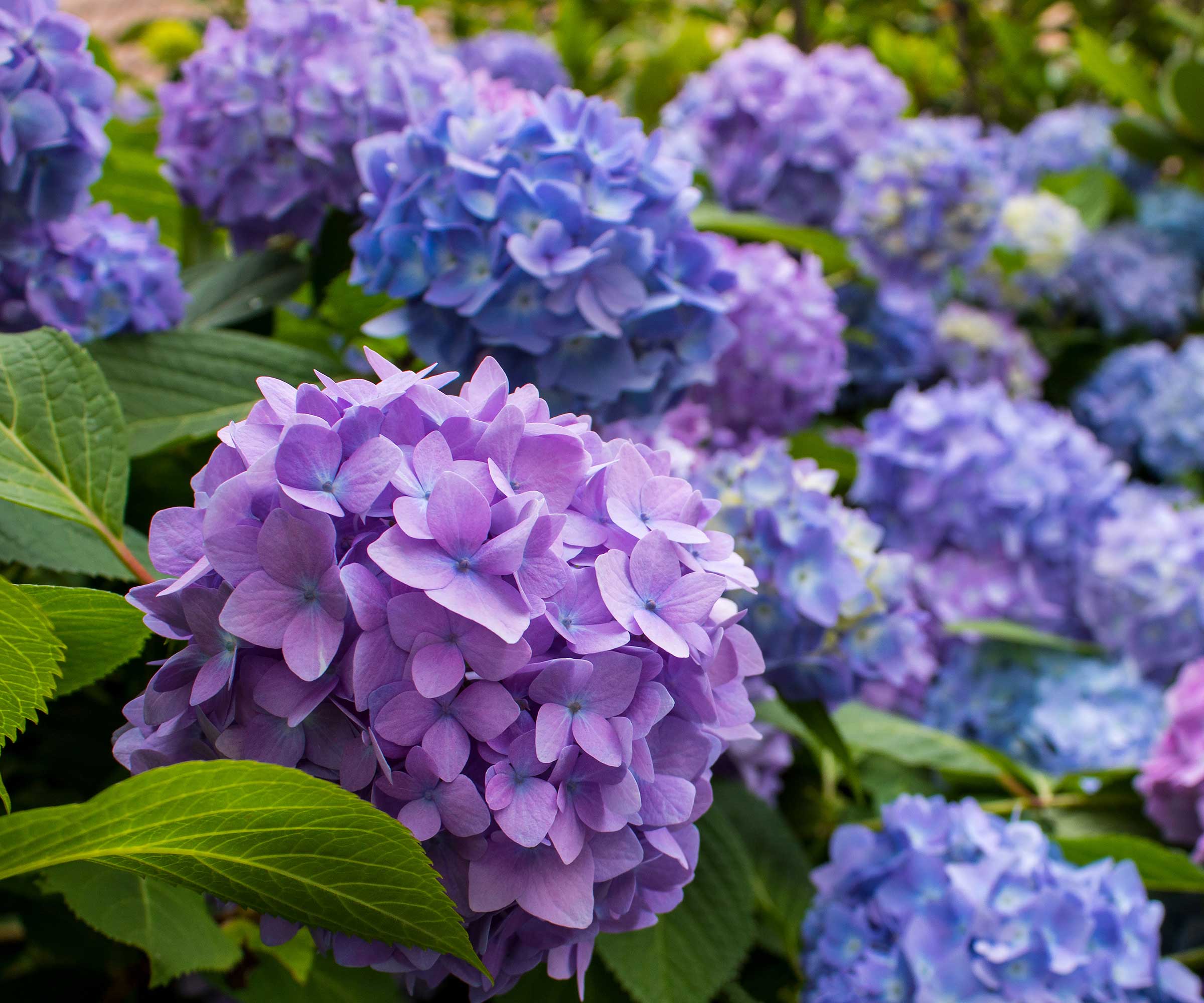
1. Mulch for winter protection
Applying a fresh layer of mulch is a simple yet powerful way to protect your plants. In colder climates, a fall mulch will help protect the root zone from hard freezes and freeze-thaw cycles. Gardening expert Janet Loughrey advises, 'Apply a 2 to 3 inch layer of bark chips or other mulch around the base of hydrangea plants. Avoid placing bark against the trunk, which can make plants more susceptible to pests and diseases.'
For plants that struggled with drought during the growing season, hydrangea expert Lorraine Ballato suggests, 'I would add compost to increase the water retention ability of the soil and more mulch for insulation.'

Lorraine Ballato is a hydrangea expert and award-winning author of the international best-selling book Success with Hydrangeas, available at Amazon. She is also an in-demand speaker throughout the US and the resident hydrangea expert at the New York Botanical Garden.

Janet Loughrey has been a full-time garden photographer and writer for 25 years. She lives and gardens in Portland, Oregon. Previously, Janet gardened in the Adirondack region of upstate New York where she grew up. Experiencing different climates has given Janet a greater appreciation of the gardening challenges they present. In her own personal garden, Janet tends to an eclectic mix of roses, shrubs, perennials, and bulbs. Her most recent passion is growing annual flowers in containers from seed.
2. Prune selectively
Only a few hydrangea varieties can be cut back in the fall, so it’s important to leave the rest untouched. Not all hydrangeas tolerate a fall trim, making it essential to know your variety. The only hydrangeas suitable for cutting back in the fall are those that flower on new wood, such as Hydrangea arborescens (like ‘Annabelle’) and Hydrangea paniculata (like ‘Limelight’).
As Lorraine Ballato explains, 'Once the plants go dormant and have dropped their leaves, you can cut back the varieties that flower on new wood only.' The spent flower heads on these varieties can either be removed or left for winter interest.
If you need to prune your hydrangeas, the Fiskars pruning shears, available on Amazon, are an excellent choice for precision and ease of use.
Design expertise in your inbox – from inspiring decorating ideas and beautiful celebrity homes to practical gardening advice and shopping round-ups.
3. Prepare for winter conditions
For hydrangeas in marginally hardy zones or those exposed to harsh winter weather, a bit of extra protection can make all the difference.
'Winterizing hydrangeas is recommended if your big leaf hydrangea is in a marginally hardy zone or if it is exposed to winter weather like icy storms and heavy snow,' says Lorraine Ballato. She notes that other varieties like oak leaf and mountain hydrangeas are less susceptible to winterkill.
For plants in colder climates, Janet Loughrey adds, 'Move potted hydrangea plants against your home and protect with insulation to prevent the root zone from freezing. They can also be moved into an unheated garage or other cool room.'
4. Sanitize to prevent disease
Fall is the perfect time for a clean-up. If your hydrangeas showed signs of leaf spot or other fungal issues during the season, sanitation is critical.
'Leaf spots are usually a sign of a fungal infection,' Lorraine Ballato explains. 'Fungal spores overwinter quite well, regardless of how low the temperatures get. When the conditions are right again next year, they will come back to life and reinoculate the plant.'
She advises removing and trashing all fallen leaves and disinfecting your tools to prevent the spread of spores.
5. Cut stems for a dried display
Before you finish your fall clean-up, consider bringing a few long-stemmed blooms indoors. Hydrangea heads dry beautifully and can create a lasting display. Simply cut the stems, place them in a vase with a small amount of water, and allow the water to evaporate naturally over time. The flowers will dry in place, preserving their unique fall colors.
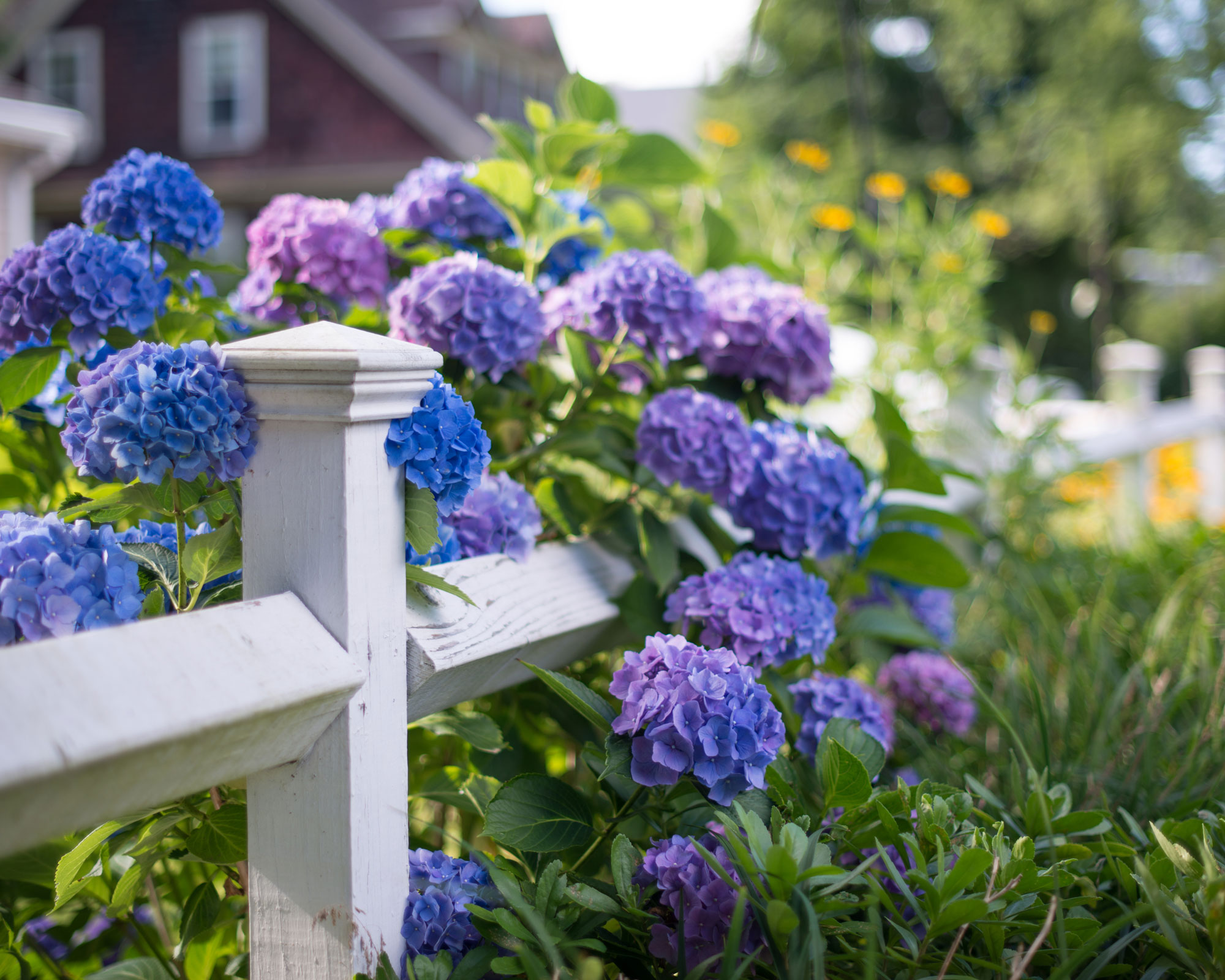
What never to do with hydrangeas in the fall
When it comes to caring for hydrangeas, knowing what not to do is just as important as knowing what you should do. Violating these two rules can jeopardize your next season's blooms.
1. Never prune old wood
It is vital not to prune any old wood from your hydrangeas, as doing so would be a significant hydrangea pruning mistake. One of the most common errors in hydrangea growing is cutting back varieties that bloom on old wood, such as bigleaf, oakleaf, and mountain hydrangeas.
'Pruning in fall will remove buds, resulting in no flowers the following year,' warns garden writer Janet Loughrey. Lorraine Ballato concurs, stating, 'That applies to all bigleaf hydrangeas. If you don’t know which type you have, it’s safer to do nothing.'
2. Never fertilize
Fall is the time when a hydrangea should be entering dormancy, not putting on new growth.
'Fertilizing and pruning are two actions that will stimulate a hydrangea, and fall is the time you want it to go to sleep and enter dormancy,' Lorraine Ballato cautions.
Janet Loughrey echoes this advice, adding, 'Fertilizing in fall will stimulate new growth that will be killed by a hard freeze, making plants more susceptible to stress and cold damage.'
The best time to fertilize hydrangeas is in the spring, when new growth is naturally emerging.
Caring for your hydrangeas in the fall is a simple yet rewarding practice that pays off in the spring. By offering a little protection, tidying up your garden, and – most importantly – resisting the urge to prune or fertilize at the wrong time, you set the stage for healthier plants and a more spectacular bloom next season.
Fall is ultimately a season for patience and observation. A little care now ensures the timeless beauty of your hydrangeas continues to thrive and delight for years to come.
Perennials such as black-eyed Susans and coneflowers provide similar benefits, offering enduring interest and value in the garden well into winter.
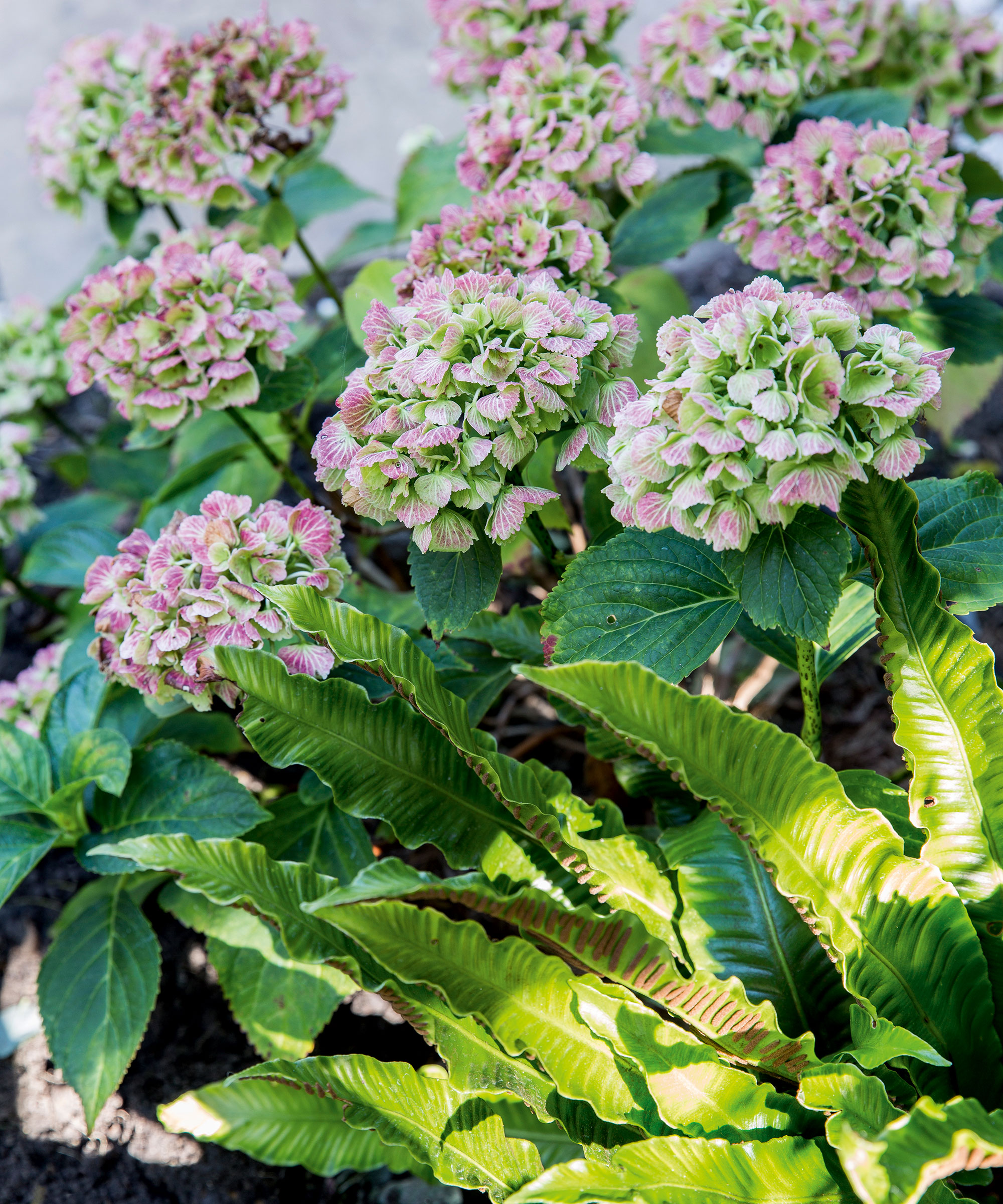
Shop everything you need
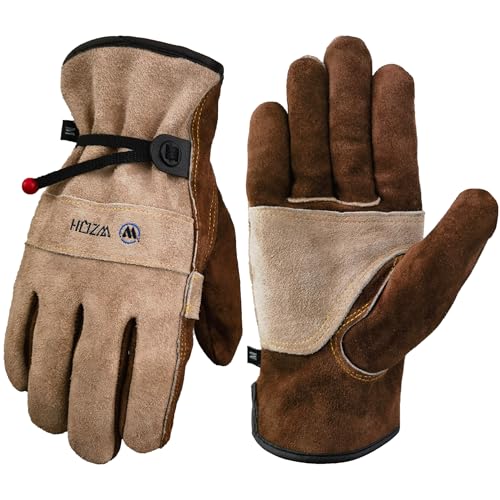
Made from 100% split cowhide leather with cotton lining, these gloves offer superior protection against cuts, heat, thorns, and abrasions. Reinforced palms and adjustable wrists ensure safety and comfort. Perfect for gardening, construction, welding, woodworking, BBQ, and more. Durable, versatile, and reliable for any tough job.
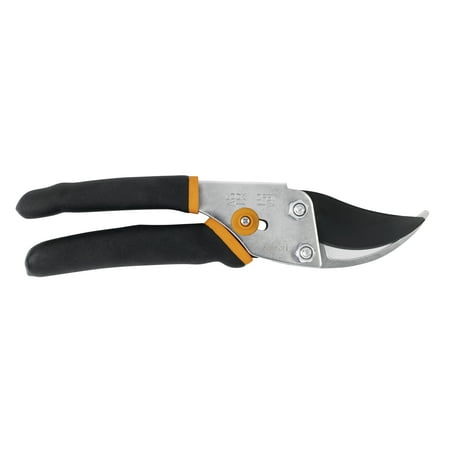
A best-selling essential for hydrangea care, this bypass lopper effortlessly trims branches up to 1.5" thick with sharp, rust-resistant steel blades. Durable construction and non-slip grips provide comfort and precise control, making pruning easy and enjoyable. Built to last and backed by a lifetime warranty, it's worth every cent.
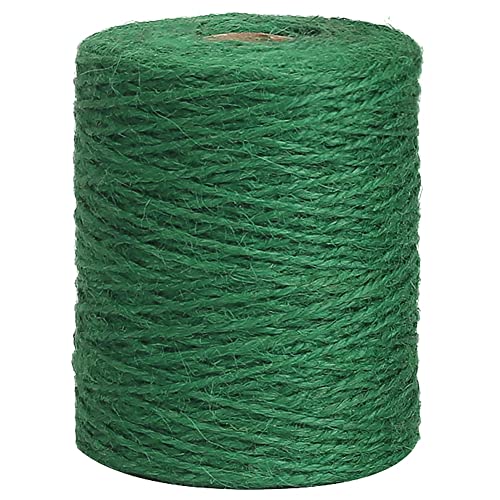
Long and strong – 656 feet of 2mm-thick natural jute – perfect for tying plants, supporting stems, and bundling garden projects. Made from premium, eco-friendly jute for excellent strength and durability. The green color blends seamlessly with plants, and the convenient coil allows you to cut the exact length you need.
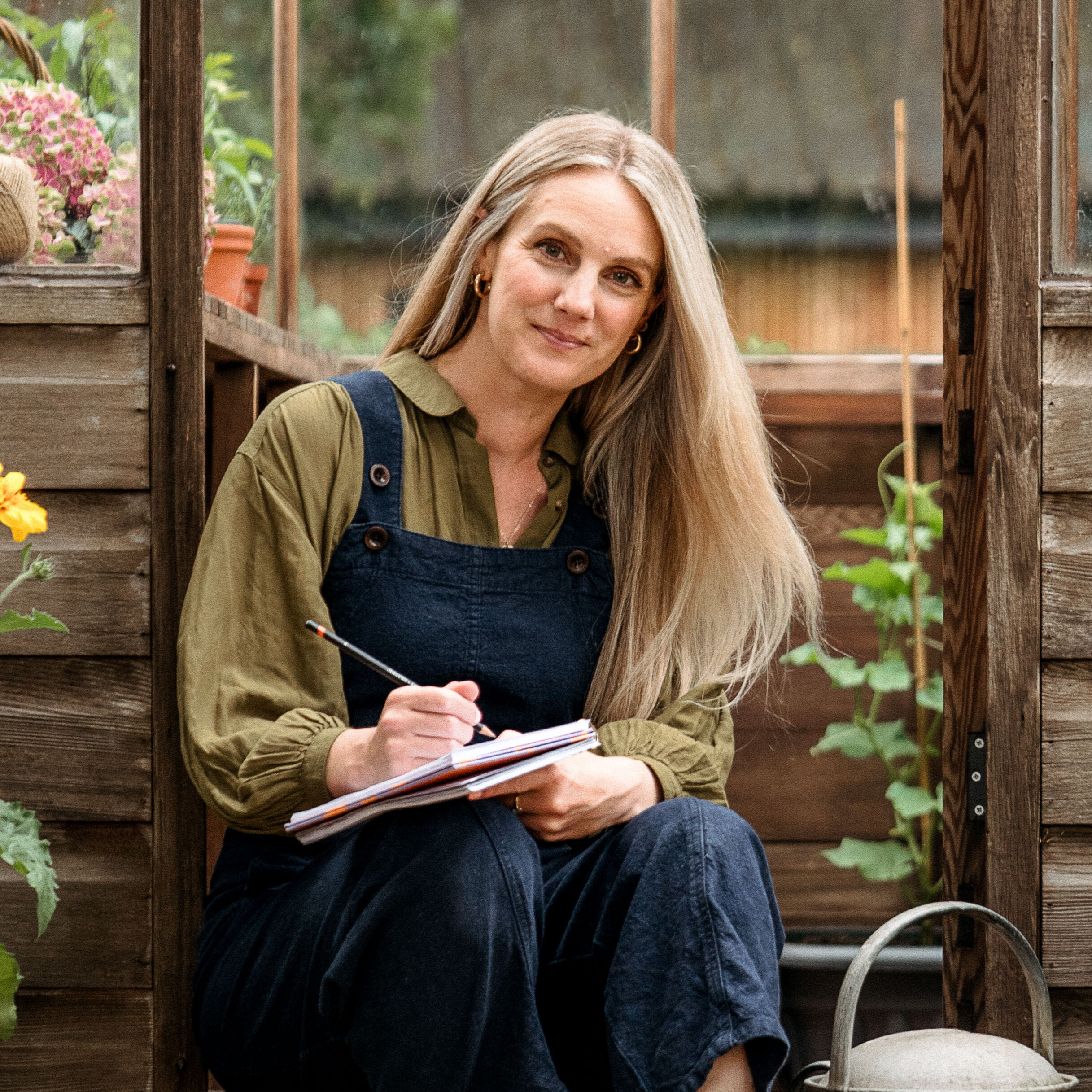
Rachel is a gardening editor, floral designer, flower grower and gardener. Her journalism career began on Country Living magazine, sparking a love of container gardening and wild planting. After several years as editor of floral art magazine The Flower Arranger, Rachel became a floral designer and stylist, before joining Homes & Gardens in 2023. She writes and presents the brand's weekly gardening and floristry social series Petals & Roots. An expert in cut flowers, she is particularly interested in sustainable gardening methods and growing flowers and herbs for wellbeing. Last summer, she was invited to Singapore to learn about the nation state's ambitious plan to create a city in nature, discovering a world of tropical planting and visionary urban horticulture.
You must confirm your public display name before commenting
Please logout and then login again, you will then be prompted to enter your display name.